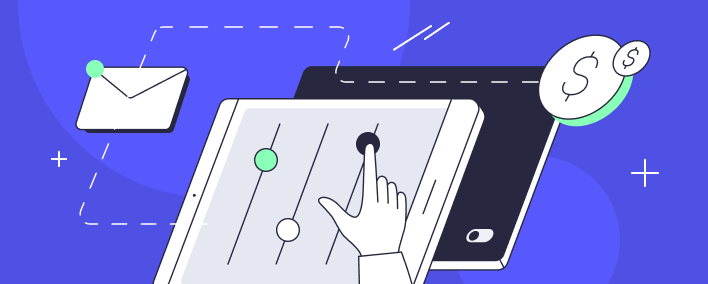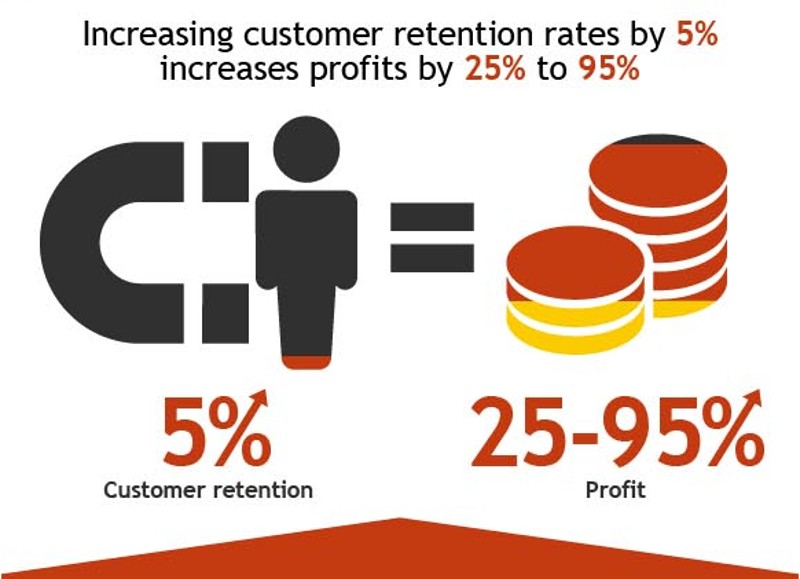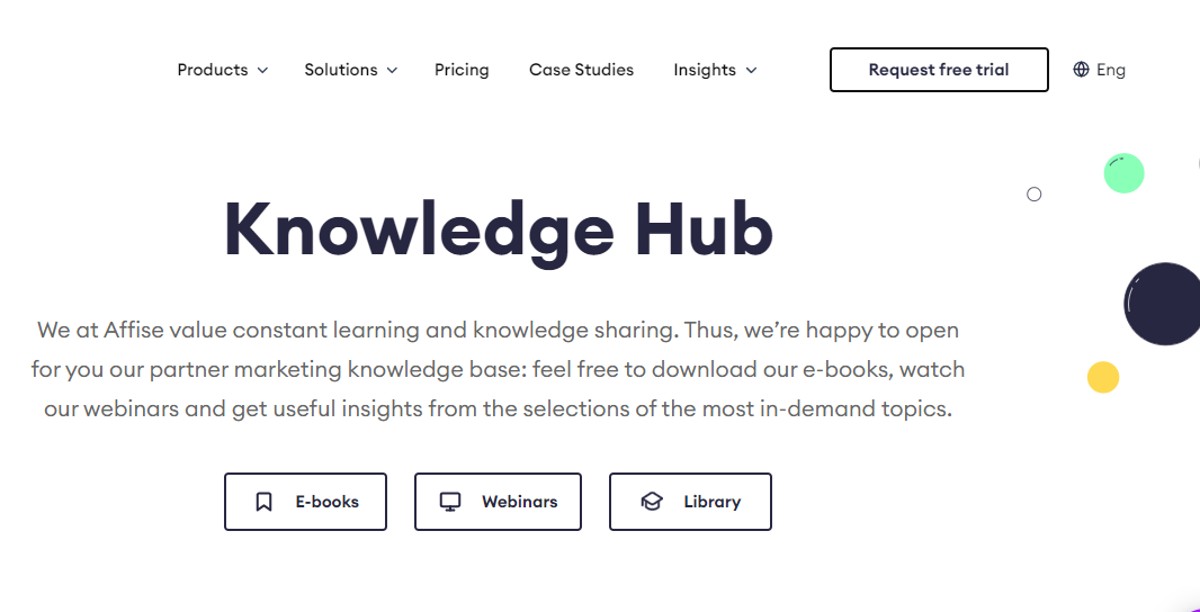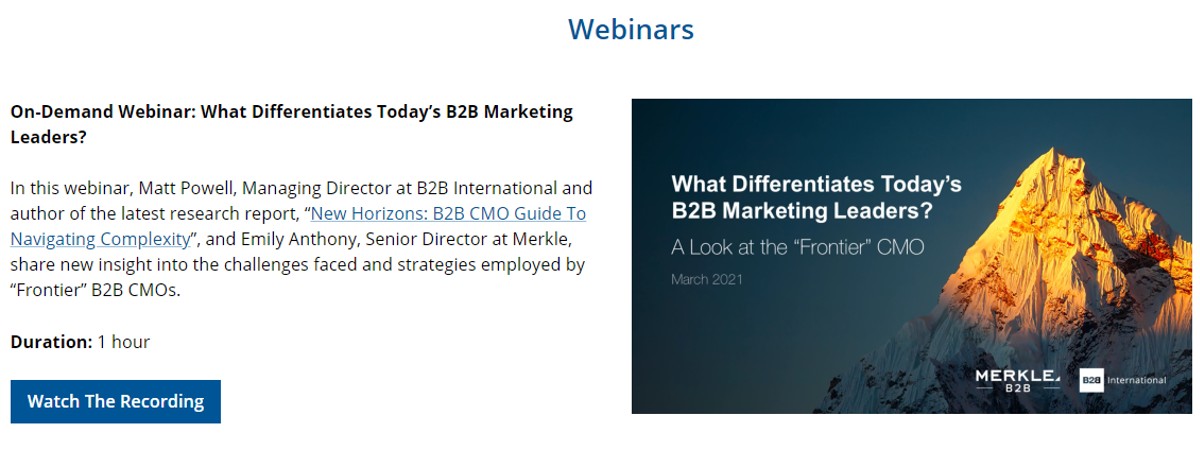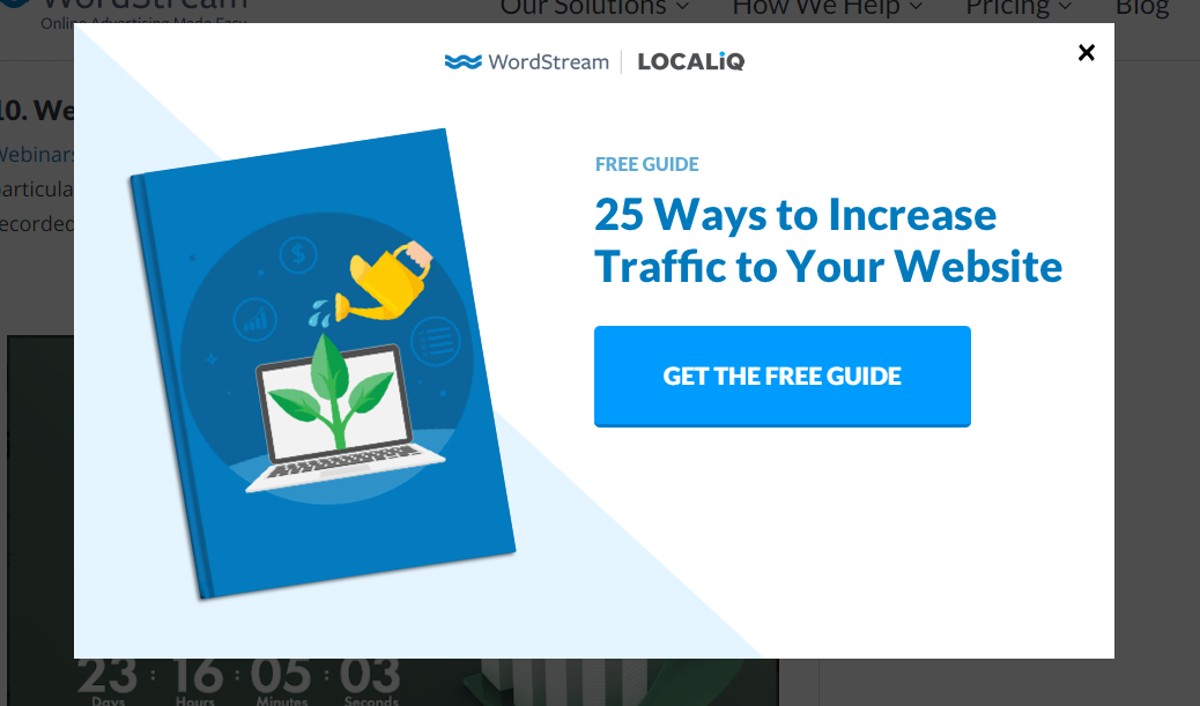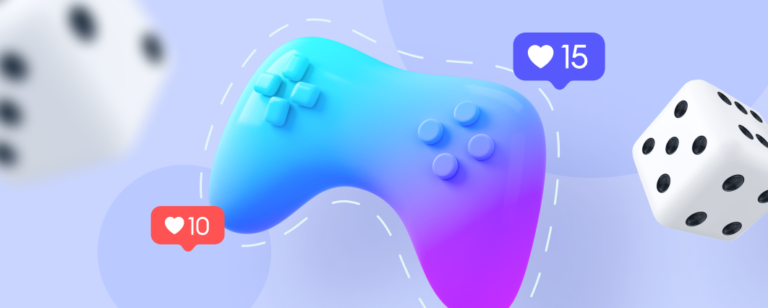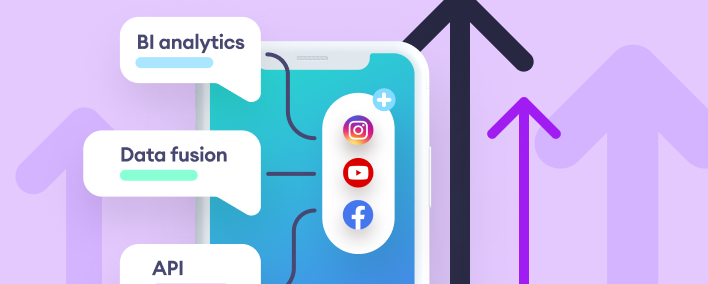Growth marketers aim to turn customers into brand advocates, as well. Ultimately, you want to build a satisfied customer base that can recommend your exemplary products to other people.
Growth Marketing Vs. Growth Hacking
Growth marketing and growth hacking are typically used interchangeably. Although the two terms are more or less referring to the same thing, the scope is slightly different.
Growth marketing has a bigger coverage. It refers to the whole concept of developing and testing various marketing techniques.
On the other hand, growth hacking usually refers to the execution of a specific growth marketing technique.
Think of growth marketing as the bigger picture that takes care of your long-term goals. Meanwhile, growth hacking deals with the specific strategy you need to perform now to make steps towards achieving your big goal.
A good example of a growth hacking technique is Dropbox’s genius idea to give existing customers free space through their referral programs. They also attracted the referrals with free additional space if they accepted invitations.
That basically created a two-sided incentive, and the strategy saw their signups grow by a whopping 60% within 15 months.
Marketing Vs. Growth Marketing
Typical marketing focuses on building awareness and attracting customers. Those are top of the funnel items. The technique is great at customer acquisition, but it does very little to help a business retain customers.
Growth marketing deals with the entire sales funnel. A proper growth marketing strategy goes above and beyond, to acquire customers as efficiently as possible and keep them in the business for the longest time possible.
Growth Marketing Process
Growth marketing operates through the AAARRR (Awareness, Acquisition, Activation, Revenue, Retention, and Referral) framework. Sometimes it’s also called the AARRR framework, where awareness and acquisition operate together.
Here’s what each step entails:
Awareness
The goal here is to build awareness about your products. Therefore, you need to identify who your target audience is and which platforms they use.
It’s also critical to find the right advertising channels. That should help you put your resources in the right place. For instance, startups whose target audience is millennials may prioritize social media over something like print media. Most millennials are on social networks plus social media marketing is cheaper, so the strategy makes sense.
That said, you may still have to test out different channels. That’s what growth marketing is about, after all. So, don’t just assume a particular platform is better at building brand awareness than another.
In the awareness stage, you’ll need to monitor metrics such as impressions, click-through rate, site visits, and the bounce rate on your landing pages. The data should give you an idea of how many people you are reaching.
Acquisition
The acquisition stage focuses on attracting leads. You’re not necessarily interested in making a sale at this point. The main goal is to spike the interest of regular site visitors and turn them into leads.
The critical metrics to monitor here are the number of new leads and the cost of acquisition.
You can enhance your acquisition process with social proof, case studies, lead magnets, excellent user experience on your website, and other tactics. Software as a Service (SaaS) businesses also utilize freemium models to lure in users.
During the onboarding process, your business can collect additional data from its potential customers. The data is supposed to help you provide personalized solutions later on.
Let’s say a prospect joins your email list through a lead magnet on something like “Free PPC Checklist.” Building and launching a PPC campaign could be one pain point of that lead. You can fill that information in the lead’s profile and use it down the road to pitch your PPC services.
Activation
Activation involves showing the lead your product’s value and having them take the desired action. That could mean signing up for a free trial, installing your app, spending more time on your site, etc.
Even signing up for a newsletter could be a sign of activation in some cases. For example, if a lead signs up for newsletters from an ecommerce business.
To monitor the performance of your activation stage, track the number of email list subscribers, free trial sign-ups, first app installations, and website sessions.
You should be able to enhance your activation stage by optimizing your landing page. You can do that with social proof, enhancing user experience, great copywriting, and offering product tutorials.
Revenue
Look at how many leads have actually turned into paying customers.
At this point, you also want to compare revenue per customer with the cost per acquisition. Are you breaking even or making profit?
Monitor the average revenue per customer and the customer lifetime value.
You can boost your revenue with discounts, sensible upsells and cross-sells, or by sending cart abandonment emails to lower cart abandonment rates.
Retention
Retaining existing customers is less expensive than acquiring new customers. Therefore, lowering the churn rate and boosting customer retention should be a top priority for your business.
The metrics to monitor will depend on the type of business. For example, for a SaaS business, you’ll need to monitor daily or monthly active users.
Apps can look at users’ sessions. If the number of sessions of a user is dropping, chances are you’re about to lose the user.
Meanwhile, ecommerce businesses can look at the number of repeat customers.
You can boost retention by personalizing the customer experience, building an active community, offering rewards, and engaging customers through email marketing and other channels.
Referral
Finally, you want to take your business to the next level by converting your customers into brand ambassadors. You can easily do this through a rigorous referral program like what Dropbox and many other companies do. Just give your customers unique links or codes and promise an incentive for every successful referral. You’ll be surprised at just how effective word of mouth can be.
Besides that, you can also host giveaways and contests. Many brands do this on social media.










